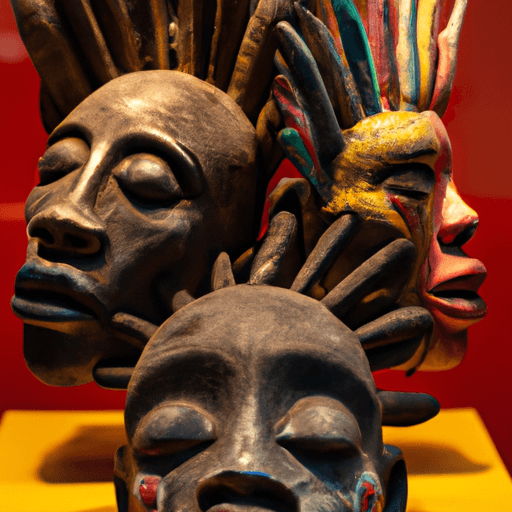Cultural Appropriation in Modern Art: An Insightful Discovery
Cultural appropriation has emerged as a contentious term in modern art, stirring conversations all over the world. In simple terms, cultural appropriation is the adoption or borrowing of elements from another culture often without understanding, respect or appropriate credit. This article aims to explore the complexities of cultural appropriation in art, its history, and its impact from various perspectives.
Understanding Cultural Appropriation in Art
Across centuries, artists have often been inspired by different cultures, their symbols, traditions, and art forms, incorporating these elements into their work. However, when does inspiration cross over into exploitation? Art, a universal language, can be seen as a melting pot of cultural exchanges, but it's crucial to discern where cultural appreciation ends and appropriation begins.
Historical Overview
Historically, Picasso’s African-inspired Period or Van Gogh’s Japonisme are clear-cut examples of artists finding inspiration from other cultures. However, the lens of contemporary sensibilities raises questions about their right to use elements from cultures they were not part of or may not have thoroughly understood. This has led to an ongoing debate on the demarcation between cultural inspiration and outright appropriation.
Deciphering the Bounds: Inspiration vs Plagiarism
Artists such as Paul Gauguin or Wassily Kandinsky who lived and immersed themselves in other cultures stand at the blurry line between borrowing and cultural appropriation. While Gauguin’s work during his time in Tahiti is often labelled as Orientalist and exploitative, Kandinsky’s engagement with Russian folk art is seen as a dialogue rather than a monologue. What separates them is often the depth of their understanding, engagement and recognition of the cultural elements they borrowed.
Perspectives on Cultural Appropriation
Dr. James Elkins, an art historian, believes that “every artist’s work is an act of appropriation”. He argues that it’s impossible for anyone to create anything completely original, thus labelling all art as cultural appropriation. However, artists like Yinka Shonibare emphasize the necessity of 'context' when borrowing cultural elements. Shonibare uses African fabrics in his works, originally Indonesian but largely associated with Africa due to colonial history, as a commentary on cultural identity and colonialism.
Voices from cultures often subject to cultural appropriation stress on the loss of meaning and context in such adaptations. For instance, indigenous people globally have repeatedly protested against the commercial use of their sacred symbols in popular culture and art.
Creativity vs Exploitation – The Big Question
Cultural appropriation can foster cross-cultural understanding, dialogue and even innovation with respectful and informed borrowing. An example is Japanese Artist Takashi Murakami’s Superflat art movement, a postmodern art form intertwining traditional Japanese art, contemporary Japanese culture and Western Art traditions.
However, cultural exploitation is a serious issue when it disregards the cultural significance, deprives the community of their cultural ownership or furthers cultural stereotypes. The use of sacred Native American headdresses in fashion is a prime example of such negative appropriation.
Gracefully navigating the spectrum between cultural borrowing and outright appropriation demands sensitivity, respect, acknowledgement, and deep understanding. The complex nature of cultural appropriation certainly calls for open discussions, self-reflection, and informed artistic practices in today’s diverse and interconnected world.



















Comments
Leave a Comment